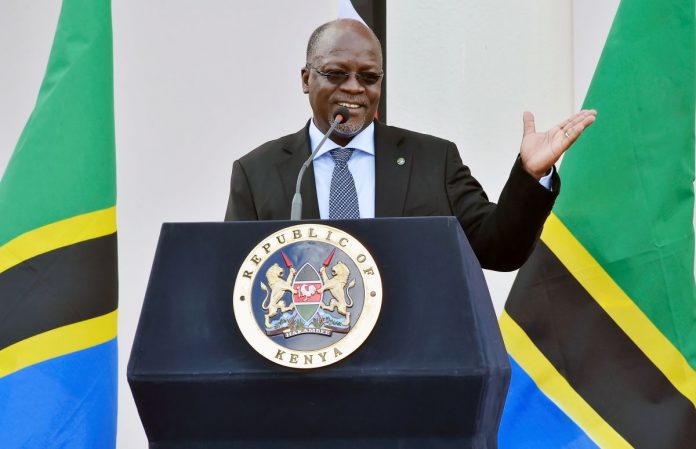Tanzania has suffered the biggest rollback of poverty reduction gains in East Africa battered by Covid-19 pandemic, with about six million more Tanzanians sliding into extreme poverty over the past three months.
Vienna-based World Poverty Clock indicates that 28.8 million Tanzanians are currently living below the poverty line of $1.90 per day, up from 22.5 million early March before the region recorded the first case of the virus. As a result, the country’s poverty rate has worsened to 46 percent, nearly hitting half the population, from 39 percent hardly three months ago.

Tanzania has largely been viewed as a wild card in the region, based on the casual way it has handled the pandemic. President John Magufuli’s government has approached the virus in a rather lukewarm manner, sometimes making light of it.
Burundi, whose poverty rate is the highest in East Africa, has experienced the second deepest erosion of its people’s socio-economic fabric, with penury levels rising to 82 percent from 76 percent in the three-month period.
On the other hand, Kenya has experienced the slowest slide into poverty, with 300,000 more households moving into destitution, growing the country’s pool of poor people to 8.1 million. This represents a poverty rate of 17 percent, having deteriorated by only one percentage point in the review period.
Uganda’s poverty rate has worsened to 41 percent (19.5 million poor people) of the population, from 37 percent in March while Rwanda’s is up one percentage point to 47 percent.
Just a layer above the poverty line is a huge pool of East Africans living on the edge, and always at risk of slipping back to poverty should unemployment, sickness or drought strike among other shocks.
The virus, which has triggered a wave of business shutdowns and restricted movements, has now thrown a giant monkey wrench into the fight against penury, pushing more low-income households deep into destitution and reversing gains made over the years.
Should it persist and combined with other shocks such as desert locust invasion and floods, even more households look set to slide into the red territory with the prospects of job cuts, business losses and displacement.
Already, the UN has admitted that it would be impossible to wipe out extreme poverty by 2030 as per its sustainable development goals (SDGs).
The UN projects that 40-60 million people worldwide will slide back into extreme poverty due to the virus crisis, marking the first rise in global poverty in more than 20 years.
Read also: UN admits poverty eradication by 2030 a pipe dream



